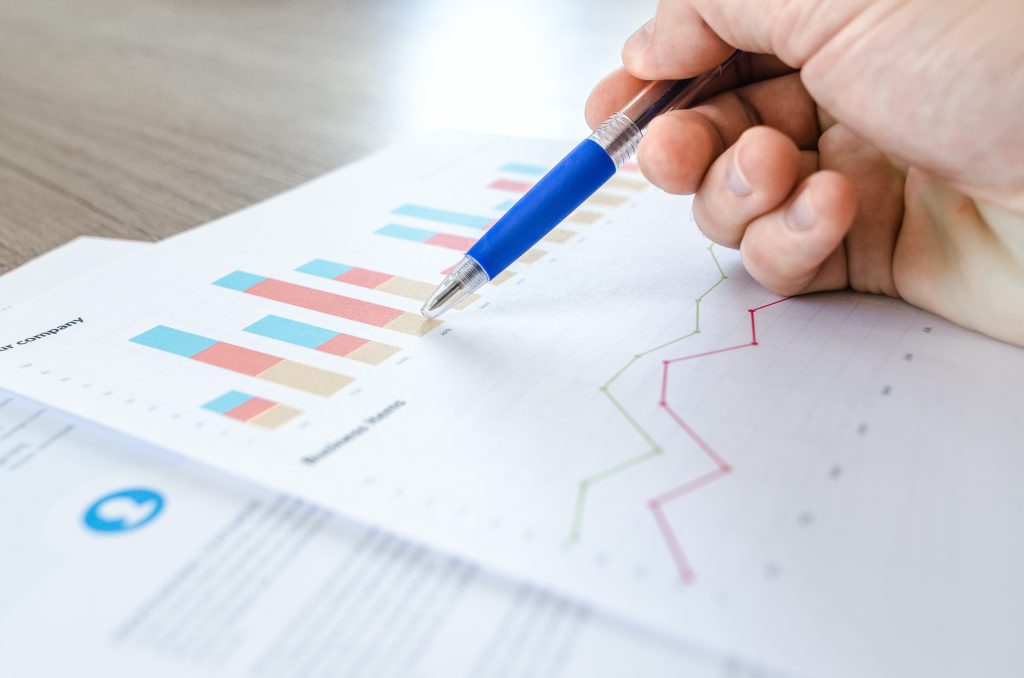The Role of Predictive Analytics in Mitigating Risks and Boosting Profitability

In today’s fast-paced business landscape, data is the new currency, and making informed decisions is critical for success. Predictive analytics has emerged as a powerful tool to help businesses mitigate risks and improve profitability. In this blog post, we will delve into the world of predictive analytics, exploring its definition, significance in the business world, and how it plays a vital role in safeguarding against risks and driving higher profitability.
Understanding Predictive Analytics
At its core, predictive analytics involves analyzing historical data and applying advanced statistical algorithms to identify patterns, trends, and future outcomes. It is not just another data analysis method; instead, it enables businesses to make accurate forecasts and proactive decisions. By leveraging predictive analytics, companies can gain a competitive edge by understanding what lies ahead.
Mitigating Risks through Predictive Analytics
One of the most significant advantages of predictive analytics is its ability to identify potential risks lurking in the business environment. By analyzing historical data and developing statistical models, businesses can assess risks associated with various factors such as market fluctuations, supply chain disruptions, or changing customer preferences. Armed with this foresight, companies can devise robust risk management strategies to mitigate potential threats.

To illustrate its power, let’s consider a real-life case study. A leading retail chain used predictive analytics to anticipate customer demand during extreme weather conditions. By understanding how weather patterns affected sales in the past, they could optimize their inventory and staffing levels, ensuring minimal disruptions and maximizing profits even during adverse weather events.
Boosting Profitability with Predictive Analytics
Beyond risk mitigation, predictive analytics can be a driving force behind enhanced profitability. By understanding customer behavior and preferences, businesses can optimize pricing strategies, identify profitable customer segments, and tailor marketing efforts more effectively. Furthermore, predictive analytics can optimize operational efficiency through predictive maintenance and supply chain optimization, reducing downtime and costs.
A remarkable example comes from the airline industry, where airlines use predictive analytics to optimize ticket pricing dynamically. By analyzing historical booking data, competitor pricing, and other factors, airlines can adjust ticket prices in real-time, maximizing revenue and seat occupancy.
Challenges and Considerations
As with any technology, implementing predictive analytics is not without its challenges. From data quality issues to privacy concerns and potential biases in predictive algorithms, businesses need to address these obstacles effectively. Adopting the right data governance and quality control practices, and ensuring algorithmic fairness becomes crucial to harness the true potential of predictive analytics.
The Future of Predictive Analytics
The future of predictive analytics looks promising, with advancements in artificial intelligence and machine learning complementing its capabilities. These technologies will empower predictive analytics to deliver even more accurate forecasts and actionable insights, making it an indispensable asset in a rapidly evolving business landscape.
Conclusion
Predictive analytics is the key to unlocking a data-driven future for businesses. By identifying and managing risks proactively, and optimizing profitability through precise decision-making, predictive analytics paves the way for sustained success. Embracing this transformative technology is no longer a luxury but a necessity for businesses of all sizes, ensuring they stay ahead of the competition and thrive in today’s dynamic market. So, don’t wait; leverage the power of predictive analytics and secure a brighter future for your business today.
Author: Pedram Safaeifar
